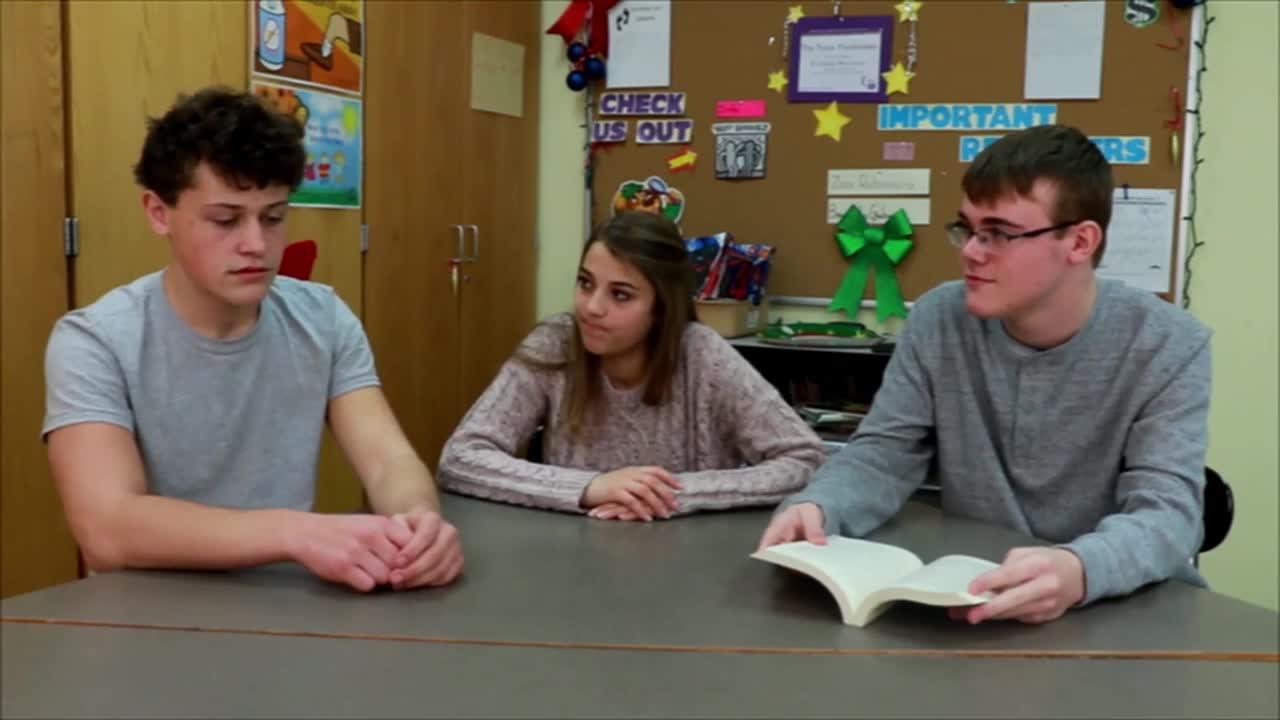Introduction
Helping students develop social-emotional skills is important to create a positive learning environment and foster healthy relationships. One essential skill to focus on is using a filter, or deciding whether to think or say something in a given situation. Teaching students how to differentiate between thoughts that should be shared and those that should be kept to themselves can prevent hurt feelings and misunderstandings. This blog post presents a no-prep activity, discussion questions, related skills, and next steps to help educators teach elementary students about using a filter in social situations.
No-Prep Activity: Two Sides
Welcome to Two Sides, a game that helps students understand how people act in different situations and learn the concept of using a filter. In this activity, students will decide if certain statements should be “Thought” or “Said.”
- Begin by explaining the concept of using a filter: deciding whether to think or say something based on whether it is positive or won’t offend or hurt anyone.
- Divide the class into two teams. Assign one team the role of “Think It” and the other team the role of “Say It.”
- Read aloud a series of scenarios and statements (e.g., giving a compliment, pointing out a mistake, sharing a personal opinion).
- After each scenario, ask the teams to decide if the statement should be “Thought” or “Said” and explain their reasoning.
- Encourage discussion and reflection on the importance of using a filter in social situations.
Discussion Questions
- Why is it important to use a filter in social situations?
- How can using a filter help us maintain positive relationships with others?
- Can you think of a time when you used a filter and it helped you in a social situation? What happened?
- What might be the consequences of not using a filter in certain situations?
- How can we practice using a filter in our everyday interactions with others?
Related Skills
Along with using a filter, teaching students other social-emotional skills can help them develop healthy relationships and navigate social situations effectively. Some related skills to consider include:
- Active listening
- Empathy
- Assertive communication
- Conflict resolution
- Respect for others
Next Steps
Now that you have learned about the Two Sides activity and the importance of teaching students to use a filter in social situations, it’s time to put these concepts into practice. To access free sample materials related to this skill and other social-emotional learning resources, visit Everyday Speech’s sample materials page. These resources can help you build a comprehensive social-emotional learning curriculum for your elementary students and create a positive, supportive learning environment.






